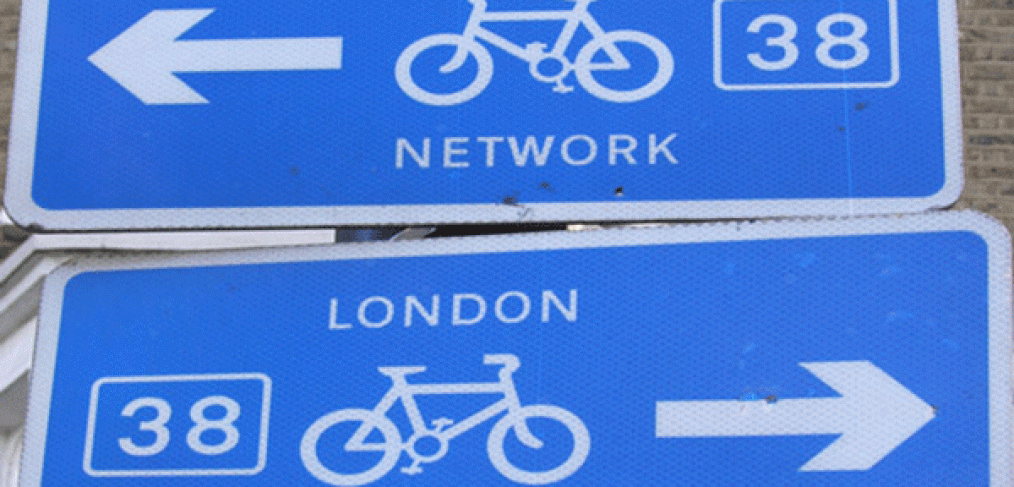
Along for the Ride (Part 2)
As the world’s cities get smarter about accommodating cyclists, implementing some of the concepts discussed in Part 1 of Alice Phillips’ post, new people will likely climb aboard, eager to seek cycling’s promised benefits. Are you cycling yet?
Cycling in London is having a moment. In 2012, the much-lauded “Boris Bikes” cycle share scheme coupled with the success of the British Olympic team took cycling to new levels in our collective consciousness. It brought a long-simmering sub-culture to the fore, and shed new light on the benefits of cycling to cities and its residents. For those among us who can’t miss an opportunity to be a part of the cultural zeitgeist, it begged an important question: “Should I be cycling too?”
The answer is yes. Why not? While it’s not always for the faint-hearted (for more on the fear, see Part 1), cycling in London—or in any city—has much to offer us individually and as a society. First of all, it’s healthier. According to the web site for London’s Cycle to Work scheme, the average cyclist burns the calorie content of 17 cheeseburgers a month if he or she cycles to work (assuming, I suppose, “work” is not a cheeseburger restaurant). My own light calculations further inform me that cycling roughly five miles round-trip to work is the caloric equivalent of 15 hours per month of Zumba and roughly 95% less embarrassing. Those are pretty significant numbers.
It’s cheaper too: Cycling to work can save on average £600 (about US$960) in fuel and car maintenance costs. In London, where most people commute on public transport, an Underground travelcard for the inner two bands of city costs £86 (US$135). Beyond the upfront costs of equipment, cycling to work is gloriously free.
In addition to being the cheaper, healthier, and cleaner mode of transport, it’s quicker: Not only do I have the benefit of using the city’s roads without the drawback of having to pay for it, I have the right as a cyclist to position myself in such a way that always gives me priority at lights. Brazenly turning your back wheel on traffic seems like some sort of metaphoric victory for the little guy.
Once you arrive at work, you might find your employer is one step ahead of you in accommodating your newfound hobby. Employee benefit programs like Cycle to Work are alleviating the costs of cycling, and workplace design is being reconsidered to cater to cyclists. In September, the British Council of Offices released a report highlighting need for businesses to provide appropriate provision for cyclists within the office. Of course, that necessarily means secure bike storage, but it also means clothes lockers, showers and “space for impromptu cycle maintenance and puncture repairs”. As anyone who has arrived at their desks sweaty and sporting the tell-tale helmet forehead imprint knows, business attire never sits quite right when its masking a layer of London street filth.
It’s no wonder companies are getting on board—they stand to benefit from your cycling too. In addition to the goodwill from the growing numbers of cycling staff, companies that support cyclists with secure bike racks and showering facilities score BREEAM and LEED credits on their office builds. Increased productivity, healthier employees, greater staff retention, and a brand associated with social consciousness are also potential benefits.
Finally, and perhaps most importantly, cycling is better for the soul. Yes, motorbikes can be a menace, and occasionally the buses get too close, but compared to shoving your nose in someone’s armpit on the train or sitting in bumper-to-bumper traffic, it’s a dream. Fresh(ish) air, the open(ish) road, and the distinctive feeling that you’re doing something good: for the environment, for yourself and for a society that for too long has forgotten that sometimes the simplest solution is best.

